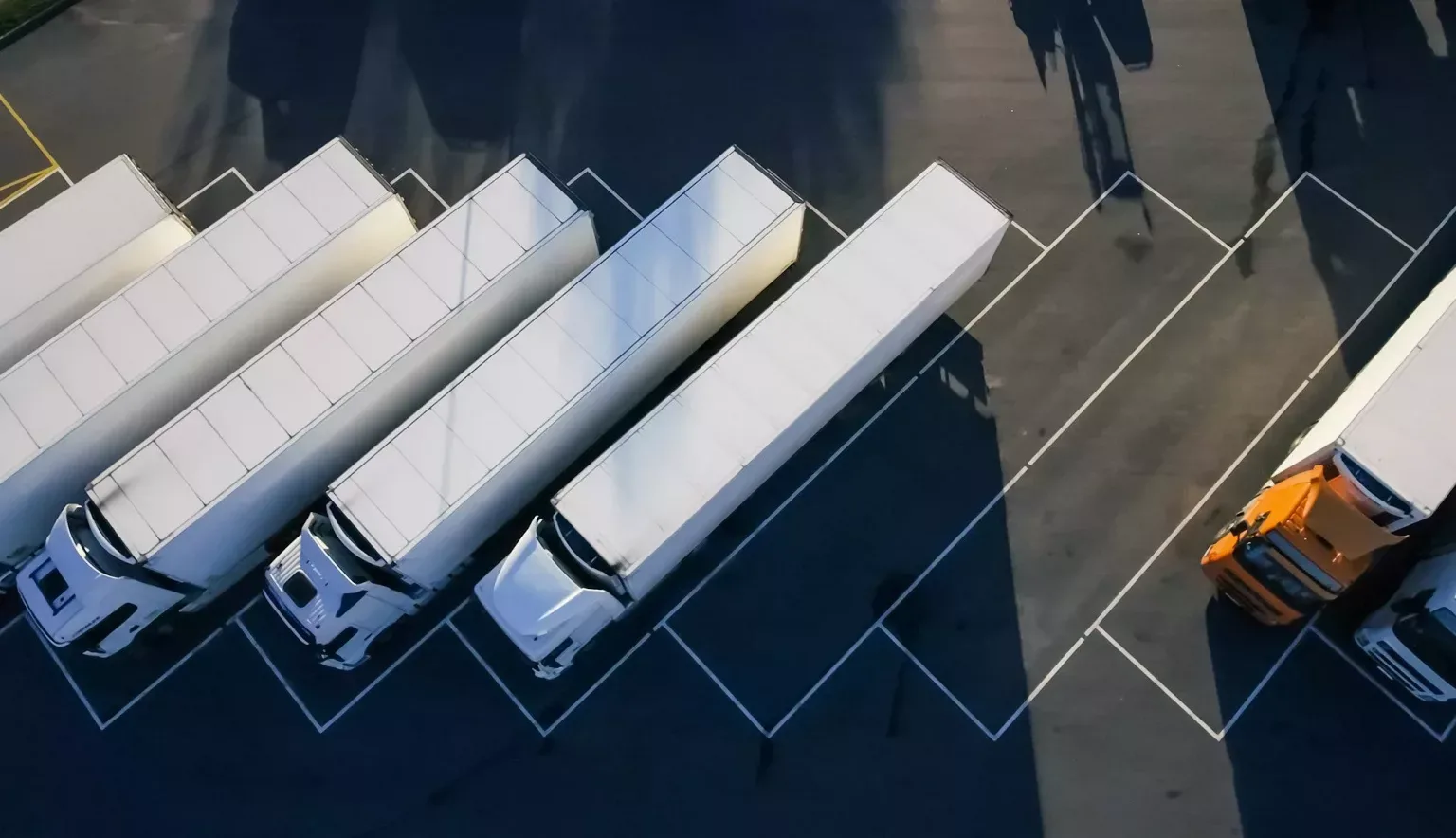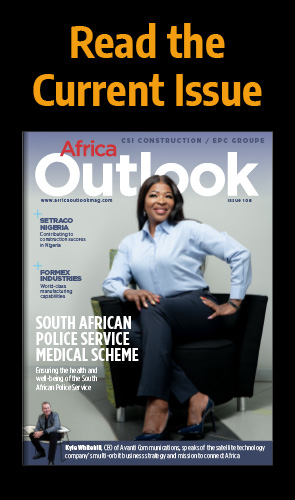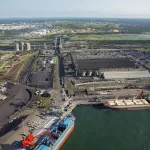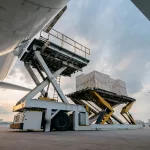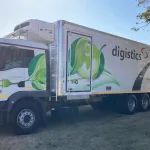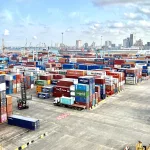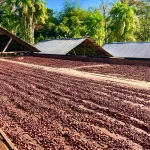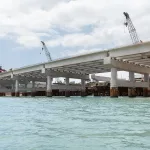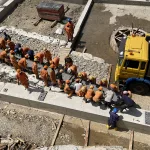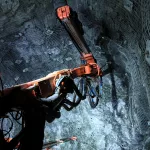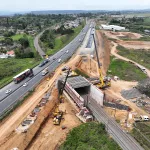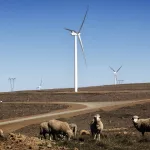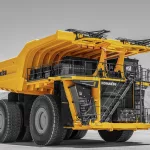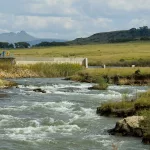Specialising in the transportation of commodities via value-added services, an extensive fleet and expansive footprint, BHL Group is helping the SADEC region to blossom both socially and economically.
LOGISTICS UPLIFTED
In the grand scheme of history, the fact that many of us can say we have lived through two millennia is something of a sensation.
The Gregorian calendar ticking over into 2000 was met with spectacular celebrations the world over, marking more than just another year but a global chance to make a fresh start, leave behind the mistakes of the previous century, and transition into a world of universal progress, openness and prosperity.
In Southern Africa, this opportunity was wholeheartedly embraced.
Between 2000 and 2008, real GDP for the region rose by 4.9 percent annually – more than twice the yearly economic growth seen in the 1980s and 1990s as regional construction boomed, retail flourished, investment blossomed, and telecommunications and banking thrived.
In 2000, the GDP of Zambia was $3.6 billion. Yet, as of 2019, that figure has now risen to $32 billion.
The IMF, South African politicians Thabo Mbeki and Nkosazana Dlamini-Zuma, Chevron CEO David O’Reilly, US Treasury Secretary Paul O’Neil and celebrity campaigner Bono have all described this as the African century as a result.
And, indeed, looking at this development trajectory, it is easy to see why.
“The Southern African Development Community (SADEC) has tremendous growth potential,” declares Elrick De Klerk, CFO of BHL Group.
“Since 2000, the sub-continent has experienced significant prosperity, and for Zambia – a distribution hub perfectly situated for operators to serve various countries and ports in the region – that has been hugely impactful.”
BHL Group itself is one company that has successfully capitalised on these economic tailwinds.
Inaugurated in 2004, it has become renowned as a regional champion of leading logistics services across the SADEC region and DRC, specialising in the transportation of various commodities, be it mining products
or general cargo.
“We have a number of facilities in the region that allow us to best service our international clients,” De Klerk affirms. “We have enormous experience in adapting to changes and see ourselves as a leader that other companies in the region can look up to.”
CAPITALISING ON CRITICAL REGIONS
A simple glance at the company’s fleet showcases this emphasis on best-in-class quality.
Currently it comprises 100 side tipper links with a payload capacity of up to 37 tonnes, 175 flatbed trailers with a capacity of up to 36 tonnes, 10 front end loaders and two TLB machines that combined ensure the company’s widespread coverage across two crucial logistics zones.
The first of these is the Zambian Copperbelt Province – the country’s resource-rich hub in which BHL serves major players such as Canadian mining company First Quantum Minerals, the operator of the Sentinel copper mine and Kanasanshi copper and gold deposit.
“First Quantum Minerals is one of the biggest mining companies present in Zambia,” De Klerk reveals. “The fact that we have been able to supply them with continued logistics solutions is testament to our ability to serve global clients in accordance with the international standards that they are used to.”
Accompanying the Copperbelt Province is Walvis Bay Corridor – an integrated system of well-maintained tarred roads and rail networks, acting as a crucial chain in the link between the Port of Walvis Bay and the Trans Kalahari, Walvis Bay-Ndola Lumbumbashi Corridor and Trans-Oranje Corridor, providing the region’s landlocked countries with transformed access to global markets.
“The Walvis Bay Corridor is likewise a critical part of our operation, and an area where we currently have about 60 percent market share,” De Klerk affirms.
“Logistics aside, we are also aggressive when it comes to new opportunities – we’ve developed an in-house rebuilding division that completes major repairs on our vehicles and have been busy building a new depot in Solwezi, for example.
“We always look for long-term sustainable growth and build our relationships with clients and other operators based on this principle.”
PUTTING PEOPLE FIRST
Perhaps the best evidence of BHL Group’s proactive attitudes towards diversification come from its community projects.
Here, the enterprise completed the construction of a 221-kilometre stretch of road between Kaoma and Kasempa – a massive undertaking delivered entirely off BHL’s own back for the surrounding communities.
“Corporate social responsibility forms a large part of our work,” the CFO states.
“Stretching through Zambia’s northwestern and western provinces, this road was non-existent two years ago, but we’ve spent $4 million on its construction and maintenance to turn it into a reality.”
Indeed, this is not the organisation’s sole venture in the way of impact investment, having also collaborated with Chinese firm MeiMei to complete the construction of the Nsobe Community School Project at zero cost to the government or local community.
Focussed on offering education with employment opportunity, the school today helps to prepare numerous Zambian children for jobs, changing their lives and uplifting rural communities.
Further, the company is an equally keen advocate of staff empowerment. De Klerk explains: “Our staff are very important – without them the business would not be a success.
“We try to instil a performance-based work ethic and employees that show potential are given the chance to quickly move up the BHL ladder. Likewise, we balance this against integrity, a core part of our culture, by conducting regular tests that allow our most dedicated staff to stand out and gain recognition.”
BROADENING HORIZONS
Looking ahead, BHL Group is set to take continued strides as a stalwart of local community development and unrivalled logistics services in Zambia and beyond for years to come. As talk turns to the future, the CFO highlights a plethora of investment opportunities currently being explored behind closed doors at the company in the aim of optimising the operational efficiency of its existing fleet.
“We are always considering and evaluating new trends in the market, developing new technologies that are able to improve our service level and/or reduce our costs,” he states.
“One major headache we’re dealing with is the empty leg issue – when a truck is running without a load.
“This in mind, we’re currently looking at new trailer designs which have the potential to enable us to transport a variety of different commodities on the same trailer, thereby reducing the number of empty legs that our trucks complete during any given month.”
The wider aim of these investments? To further bolster BHL’s market share along the Walvis Bay Corridor at a time when the DRC is forecast to see a massive increase in copper exports over the course of the next 18 months.
Striving to ensure that this key trade route is a primary beneficiary of this impending trade boom will be a key goal for the organisation moving forward. Yet it is not the only priority, the CFO able to cite BHL’s additional ambitions as our conversation comes to a close.
“Beyond our current scope, Botswana has always been a country that we would like to operate in, and we’re busy with a couple of projects there that could potentially start this year or next,” he comments.
“The logistics industry here is always going through change. Therefore, long term we will continue also to evaluate any major changes and always communicate with key stakeholders and governments to make sure logistics in the SADEC region remains protected and competitive.”

